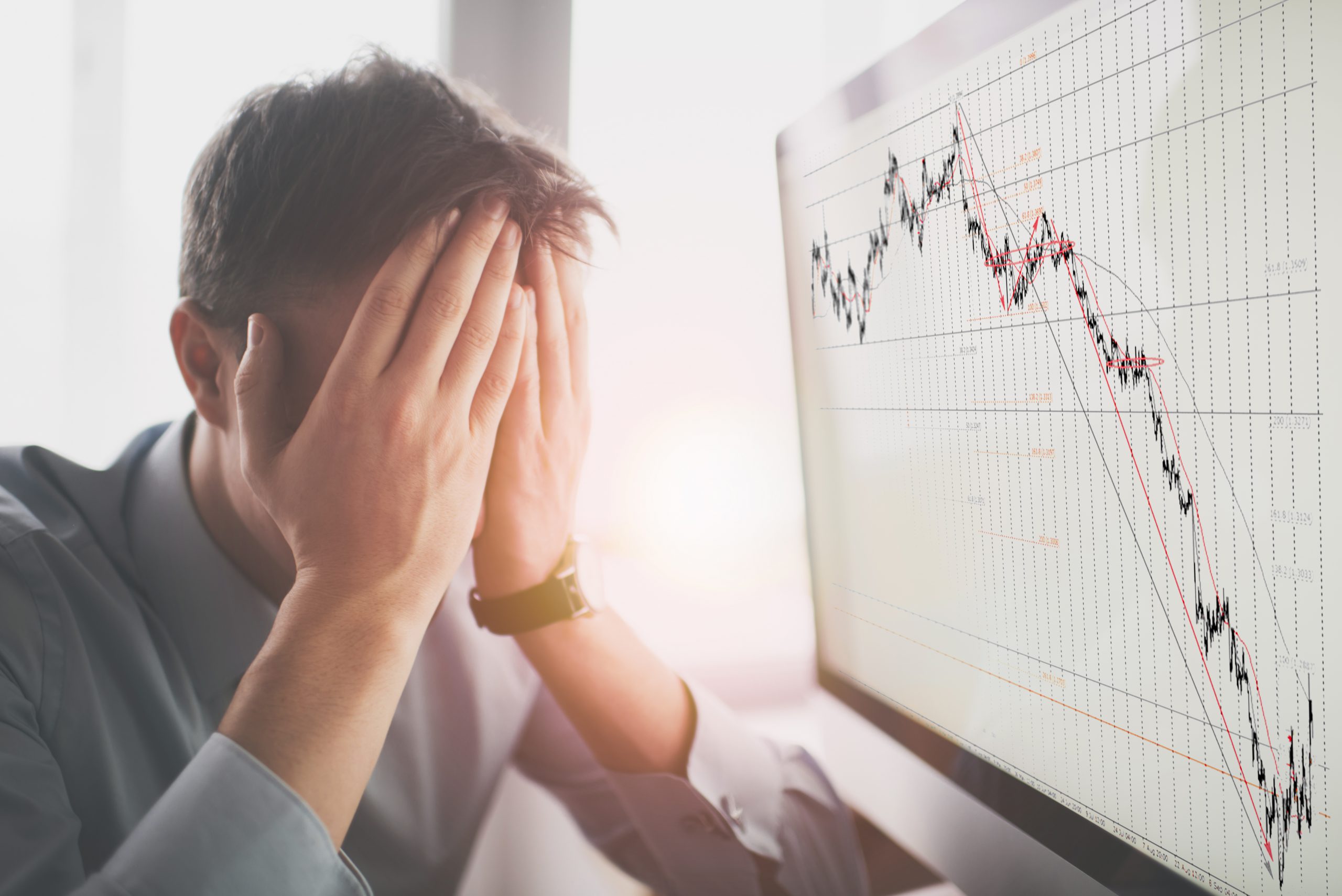
Harry Truman famously said that they should fire all the 2 handed economists. Meaning that he felt that as a group economists were too wishy-washy and just wanted ones who firmly believed in just one possible outcome. Meaning he hated the following type of conversation...
“On the one hand this could cause a recession...yet on the other hand things could be just fine”.
WHICH IS IT???
You can appreciate that there is a lot of two hand economics taking place these days as we contemplate the possibility of tariffs and trade wars devolving into a recession and deeper bear market for stocks.
Unfortunately I am also in the two hand camp these days as it truly could go either way. I will do my best to make sense of it all in this week’s Reitmeister Total Return commentary.
Market Outlook
The S&P 500 (SPY) briefly crossed into bear market territory earlier in April with an intraday dip below 4,918 (which is 20% below the all time highs). So officially because we did not close below that level...then never became a bear market.
From that darkest hour we have had a fairly non-stop rally to a recent high of nearly 5,700 before giving a little back this week.
On one hand you could say “disaster averted” given the market response. That becomes all the more likely that the 90 day tariff hiatus leads to more beneficial trade deals with China being the most important. Trump promised as much in his recent interviews.
On the other hand, I have read some notable economic commentators saying the recession is already here with supply chain shortages showing up with some empty shelves at stores by the end of May.
Note that many businesses have changed their buying habits to buy as much as they can of imported goods now that will be more expensive in the future. This is called “pulling demand forward” which typically leads to lower spending in the future (aka the breeding ground for recession).
Again, I can see the validity of both hands. So let me do a different mental exercise.
Imagine that a recession is currently unfolding because of tariff uncertainty quickly followed by trade resolutions.
Which item has greater pull?
The bad news at your doorstep OR the clear signs of growth right around the corner?
Well, we are often told that investors look 4-6 months ahead. So that would skew to the more positive version of this story.
No doubt that environment would include rate cuts from the Fed to aid the economy. That only increases odds that downside would be minimal with more investors not wanting to be out of stocks given that economic expansion > earnings growth > share price increases are soon in hand.
Just to play it out one notch further, remember how the market collapsed in March 2020 as Covid rolled out and the economy collapsed at record speed. And yet only 3 weeks into the stock market collapse we found bottom with stocks going higher.
Clearly it took several months for the economy to improve...but investors did focus more on what was ahead and not what was happening at that moment.
This has me thinking that the 20% decline coming into early April “might” be as much pain as we need to see. So even if a recession is unfurling, we may not go down further if it is felt to be transitory for the reasons stated above.
On my third hand I realize that may be wishful thinking. That’s because almost all recessions come with a proper measure of stock market pain with an average decline of 34% for the stock market (that would put the potential lows around 4,000).
And yes, I could bore you with fourth and fifth hands on this subject.
The point is that its pretty damn complicated. Most professional investors agree from the conversations I have had. Those claiming they know exactly how this will play out are lying to themselves (or lying to you).
No matter how impressive the 17% bounce from bottom may look, we are still under the 200 day moving average (5,748). Meaning that technically things are still negative and will be hard to truly break above that level without significant trade deals being put into place to raise transparency and tamp down uncertainty.
As such, I still think a healthy dose of caution is warranted. That explains why we still have the following safeguards in our portfolio:
- 1 Inverse ETF
- 2 Bond ETFs
- 1 Gold Mining ETF (with gold as a safe haven choice).
If the bullish point of view grows in possibility (with notable trade deals and a break above 200 day moving average)...then we will take money out of these above defensive positions and shift them into more Risk On stocks boasting the most beneficial POWR Ratings.
Until then it’s best to invest like a two handed economist.
What To Do Next?
As shared above I have 4 defensive ETFs in place. Plus a short of a very popular stock that should be trading for 80% less than it is now.
On top of that I have 7 stocks that I believe are perfectly suited for today’s volatile market environment:
All the stocks have been selected using the proven outperformance that comes from our POWR Ratings stock selection model which has done 4X better than the S&P 500 since 1999.
Now add in my 44 years of investing experience seeing bull markets...bear markets...and everything between. This helps me pick the right stocks and ETFs for the current environment.
If you are curious to learn more, and want to see the tickers for all 12 of these recommendations, then please click the link below to get started now.
Steve Reitmeister’s Trading Plan & Top 12 Recommendations >
Wishing you a world of investment success!

SPY shares were trading at $560.68 per share on Tuesday afternoon, down $2.83 (-0.50%). Year-to-date, SPY has declined -4.05%, versus a % rise in the benchmark S&P 500 index during the same period.
About the Author: Steve Reitmeister

Steve is better known to the StockNews audience as “Reity”. Not only is he the CEO of the firm, but he also shares his 40 years of investment experience in the Reitmeister Total Return portfolio. Learn more about Reity’s background, along with links to his most recent articles and stock picks.
Stock Market Update: It’s Complicated! StockNews.com






